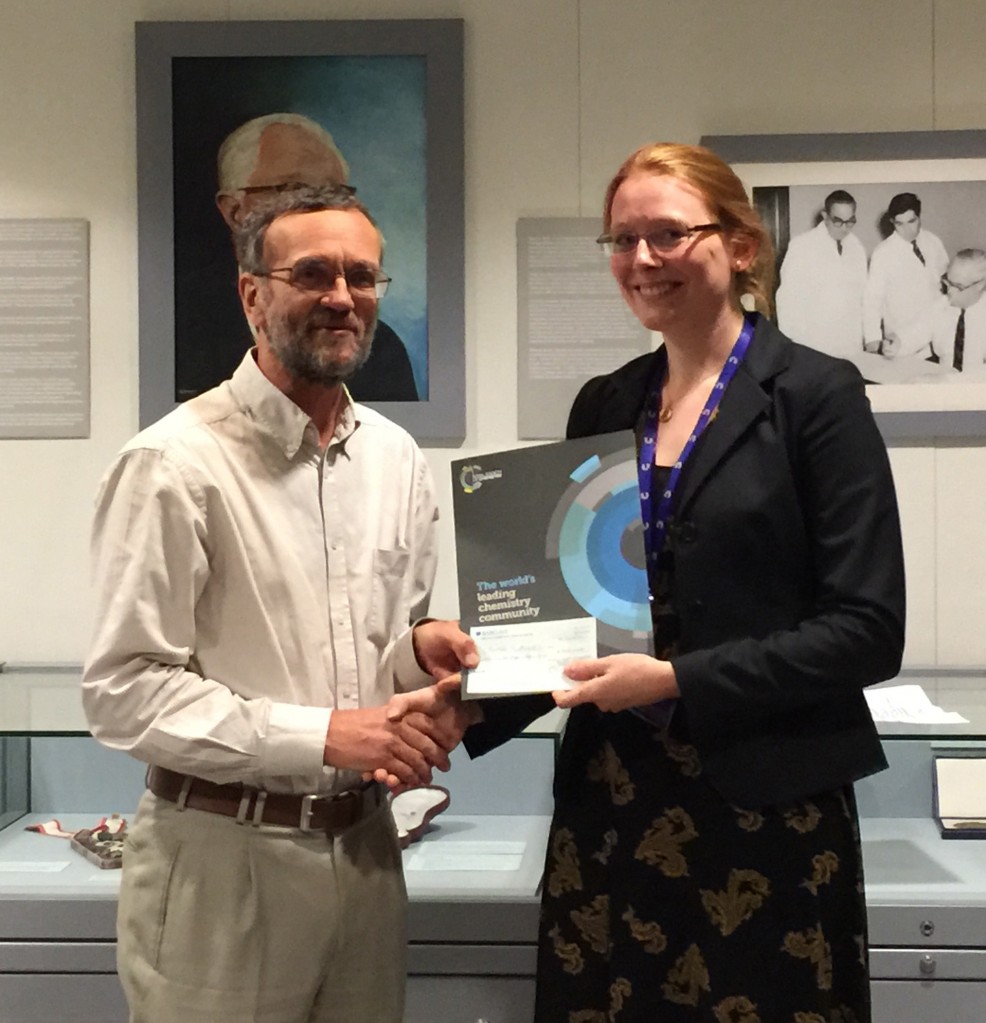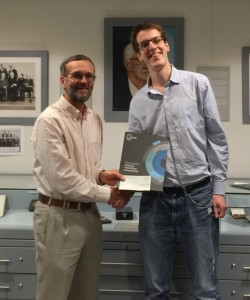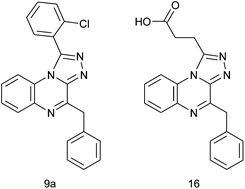On 12th Decemeber the Biological and Medicinal Chemistry Sector (BMCS) of the Royal Society of Chemistry held its eighth postgraduate symposium for PhD students and postdoctoral workers researching in biological or medicinal chemistry and related areas. The day consisted of 11 oral presentations (8 student and 3 keynote) and poster session.
This year’s symposium was a great success with around 150 participants attending, with an excellent scientific standard all around.
The BMCS judges awarded two prizes on the day; one for the best oral presentation and one for the best poster, with the winners recieving £300 and £150 respectively as well as each getting a year’s subscription to MedChemComm.
Congratulations go to:
Oral presentation winner: Charlotte Sutherell, University of Cambridge for her talk “Bromodomain Inhibitor Development and Testing to Evaluate the Therapeutic Potential of SMARCA4 in SWI/SNF Mutant Cancers”
Poster winner: Niall Igoe, University College London for his poster on “Epigenetic Drug Discovery: Small Molecule Inhibitors of Class IV Bromodomains”
 |
 |












